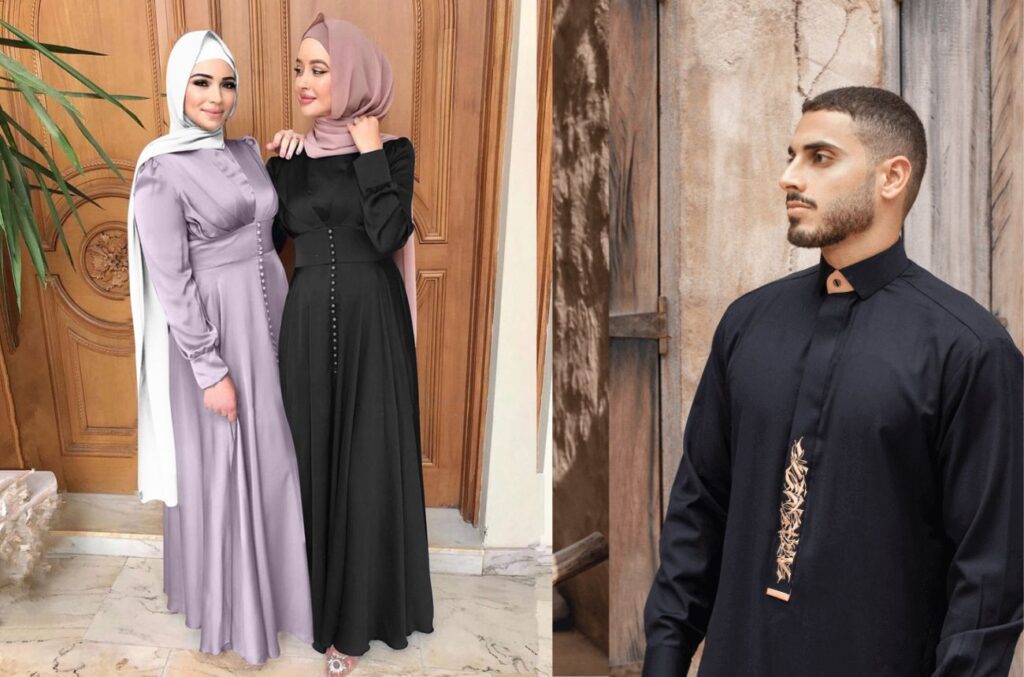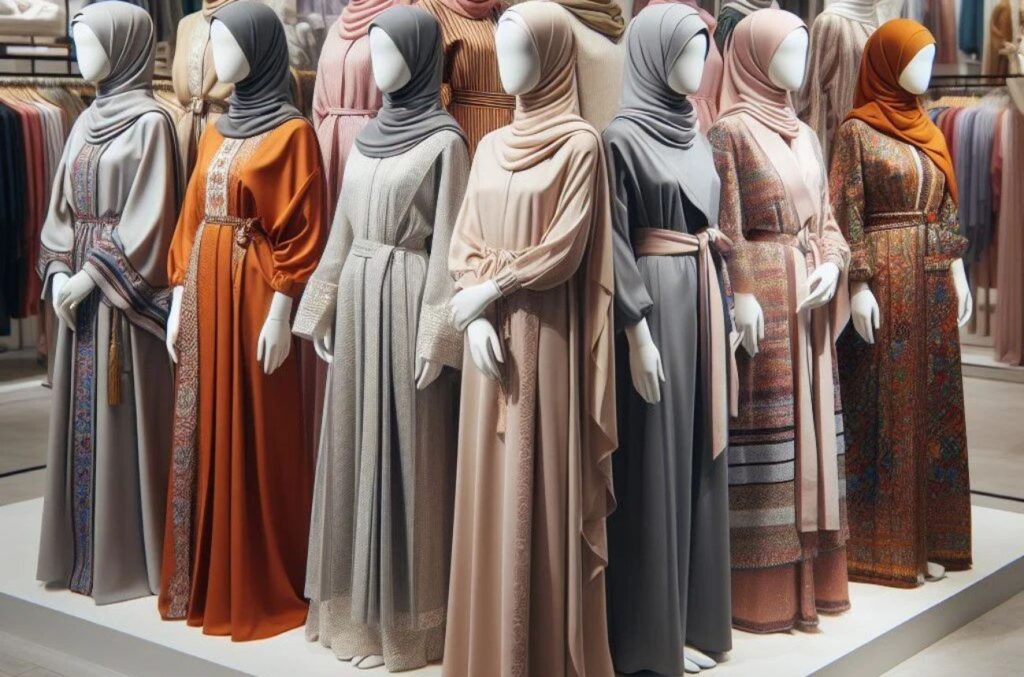“In Islam, awrah is the term used to describe hiding the body’s private parts. Islamic jurisprudence may have different views on what should be covered but these differ only in minor details since they are based on the same key principles and have unique schools of thought.”
The Quran and Hadith on Awrah
The Quran does not give exact instructions for dressing, but it mentions the concept of awrah in several spots. Below are some of the important ayats:
Surah An-Nur [24:31]: “And enjoin believing women to cover their privates and not show their jewellery except to their husbands, fathers, their husband’s fathers, sons, their sons’ fathers, brothers, brothers’ sons, sisters’ sons, their women, or female slaves whom their right hands possess, or male attendants who are without need (of women), or children who are not aware of the nakedness of women.”
The idea that dresses should be simple is usually associated with the Quran introducing the notion of modesty in dressing whereby there are special directives for eligible kin (maharim).
Surah Al-Ahzab [33:59]: “O Prophet! tell Thy wives and Thy daughters and the women of Believers, to draw over themselves some of their wide outer garments: this is more proper, so that they may be recognized and not be troubled.”
Even though it doesn’t say what exactly women are supposed to wear, the poem hints that they should wear some kind of dress (jilbab).
The Islamic dress codes are based on the interpretations of these verses and the teachings from the Prophet Muhammad (hadith).
Awrah for Men and Women

It is generally agreed that a garment for the genitals must be worn by both males and females. The general interpretations are as follows:
Men: The majority of scholars think that for men, the space between the navel and knees is the awrah.
Women: Here we have slight variations in interpretations as far as Islamic schools of thought are concerned:
Maliki and Hanbali Schools: Awrah means from the shoulders and neck to below the knees (inclusive) or to the navel.
Shafi’i School: The navel to the knees delineates the bounds of awrah while everything that is not excludes breasts from that definition for a woman who is in the presence of her mahrams.
Hanafi School: “The matter is viewed from two sides, one of which is close to the Shafi’i opinion and the other considers the stomach and lower back as well as the stomach itself part of the awrah. Like the view of the Shafi’i persons who expose their breasts are not regarded as committing an immoral act”
Beyond the Minimum: Modesty and Cultural Practices

Awrah’s concept extends further than only covering the least possible body parts. Islamic teachings emphasise modesty and avoiding anything that might be provocative sexually. This might alter clothing choices away from the particular awrah specifications.
How Muslims dress modestly is influenced by cultural traditions as well. In many Islamic regions, head coverings such as the hijab or turban are frequently seen but this is not always part of the requirement of the Islamic holy book.
Importance of Context and Consultation
Islamic dress code has a lot of different interpretations. If you want to find out more about veiling & loosening of Muslim attire consult an Islamic scholar with expertise in your particular denomination or country.





One thought on “Exploring Islamic Dress Codes: Quranic Guidelines on Hijab, Awrah, and Clothing for Women.”
Comments are closed.